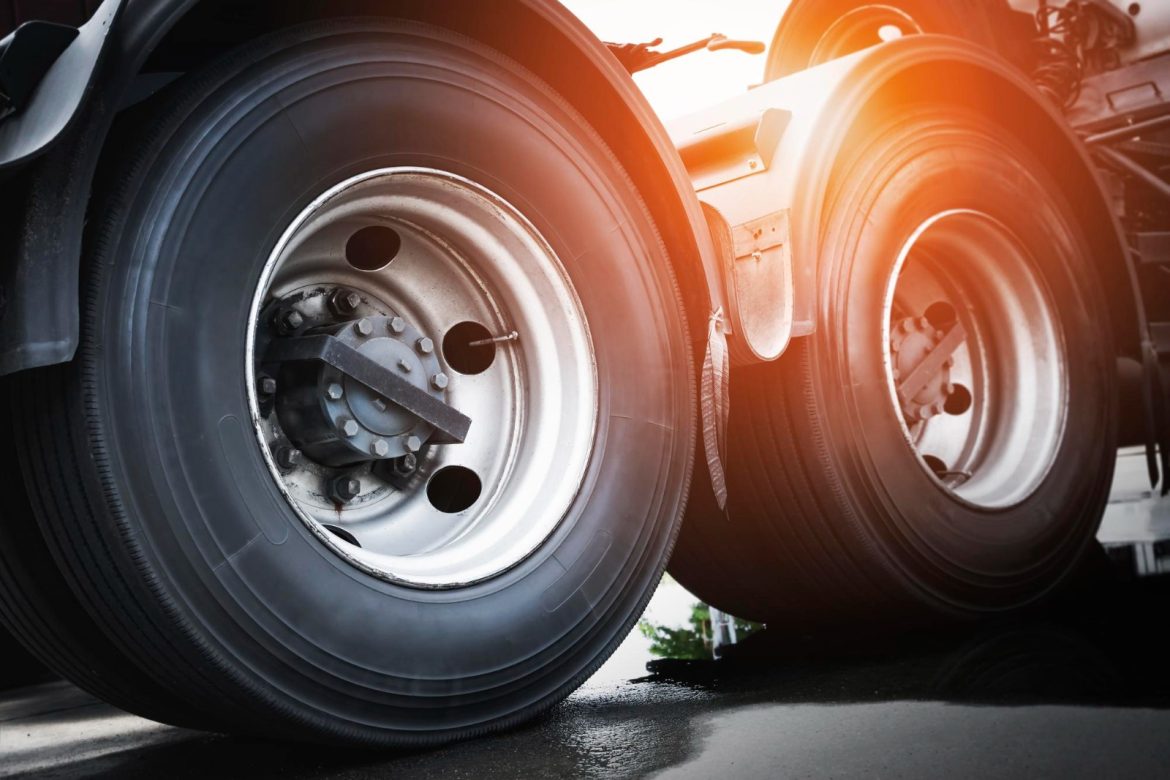More than 30% of truck problems originate in their wheels, a statistic that highlights a critical vulnerability in the sector. Jorge Cajal, communications director of Continental Tires Spain, supports this concern by pointing out that “tyres are a key element, as they are the only constant point of contact with the asphalt.” Transport professionals are aware of this reality: a recent study by Continental and Fenadismer reveals that 98% of Spanish carriers consider tyres vital for their safety, highlighting pressure (34%) and tread depth (36%) as their most important aspects.
Correct pressure is not a suggestion, but a precise technical specification. Vehicle manufacturers determine the correct pressure based on weight, speed, and load capacity parameters, specifications that can be found in the vehicle’s manual, on a sticker on the driver’s door jamb, or on the fuel cap.
Ignoring these specifications carries serious risks: pressure lower than recommended increases braking distance, promotes aquaplaning, and raises the risk of a blowout due to deformations in the wheel rim. Conversely, excessive pressure reduces the contact surface with the asphalt, compromising grip and stability.
The economic impact of incorrect inflation is direct and considerable. The connection between pressure and fuel consumption is undeniable: under-inflated tyres increase their contact surface with the road, generating greater rolling resistance. This forces the engine to work harder, immediately increasing fuel expenditure. Furthermore, wear accelerates and becomes irregular, drastically shortening the tyre’s lifespan and generating premature replacement costs that any fleet manager would want to avoid.
Systematic maintenance is the only effective solution. Tyres cannot be checked occasionally; they demand periodic vigilance.
Manufacturers recommend checking the pressure at least once a month and always before a long trip, always taking the measurement with the tyres cold to get an accurate reading. This inspection should be complemented with a visual check for cuts or deformations and a review of the tread depth, which should never be less than 1.6 millimetres.
Technology stands as a strategic ally for systematic control. To overcome the risk of human error and lack of regulatory knowledge, technological solutions such as Tyre Pressure Monitoring Systems (TPMS) allow for real-time supervision.
Antonio Sangüesa, head of Fleet Solutions and Services at Continental, stresses the “company’s commitment to advising users… to be able to choose the most suitable tyre.” In a sector with tight margins, where safety and efficiency are key, investing in proactive tyre maintenance is not an expense, but the guarantee of safe and profitable transport.
Do you consider it important for your company to implement a predictive maintenance program for your fleet’s tyres? You, friend, can give your opinion and comment on our website.
Have any thoughts?
Share your reaction or leave a quick response — we’d love to hear what you think!





